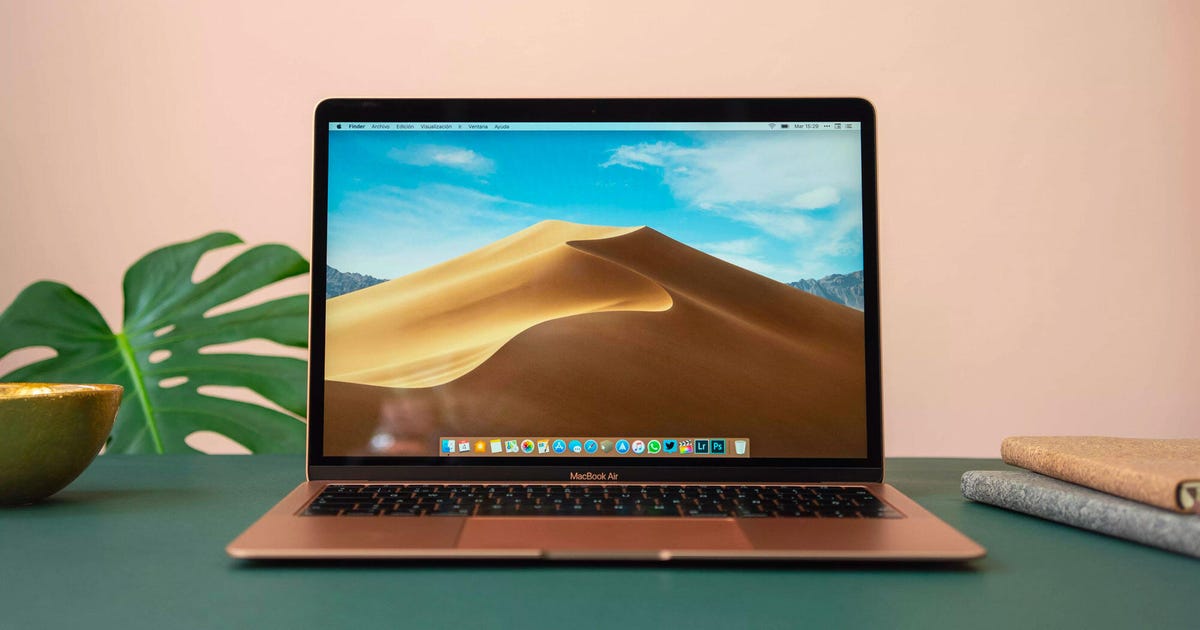

To do so tap Command + Shift + 4 and use the draggable crosshair to select the onscreen elements you need. You can take a shot of a specific part of the screen. You’ll find the image as a png file on your Desktop. You can capture an image of the entire screen by pressing Shift-Command-3. You can also choose to show or not show the mouse cursor in the image you capture. Options: Select this to decide where you want to save your new image to (Desktop Documents, Clipboard, Mail, Messages, Preview) or to set a timer (None, 5- or 10-seconds).Dotted screen icon with a dot: Record video of a selection of the screen.Screen icon with dot: Record video of the entire screen – it’s a feature you used to get in QuickTime.New in Mojave came new screen grabbing tools There are several screenshot tools available to you in the screenshot window of Mojave and later: What capture tools are available in Screenshot?

Drag the thumbnail into a document or folder, swipe to the right to quickly save it, or click to edit or share it.

In the window that appears at the bottom of the screen, tap the type of shot you wish to take.Mojave’s new image capture shortcut is Command-Shift-5. When you tap you invoke a shortcut in which you can choose the type of image you want to take (including capturing video of what happens on-screen), access options for save destinations and more
What is the command for a screenshot on a mac how to#
Learn all of them in this guide: How to use the Screenshot tool in Mojave and later There are numerous ways to take screenshots on your Mac, including several seldom used options and a couple of Mac-specific choices, too.


 0 kommentar(er)
0 kommentar(er)
